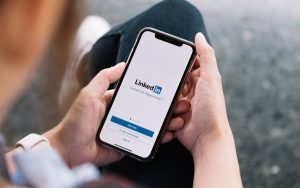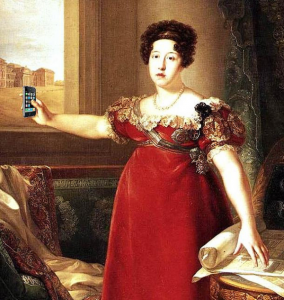Change Agent: A change agent is a person inside of a company or organization that helps that company or organization transform.
An article in Forbes points out that “the marketplace requirements to compete are evolving so quickly that leadership is struggling to stay ahead of the course.” Nowhere is this more prevalent than within the marketing departments of companies of all sizes, shapes, and industries.
Today’s marketers must:
- Know what your buyers need and deliver it to them precisely at the time that they need it.
- Guide your buyers through their decision-making process and make sure that your company continues to be of service after the sale.
- Provide demonstrable evidence of marketing’s role in the sales process.
- Spot trends in the market and make sure your company is positioned to take advantage of upcoming opportunities.
Too often, marketers are solely focused on the solutions that they provide. Too seldom, marketers are focused on their customers. As a marketer, you have to lead the change to a customer-focused strategy.
It’s necessary to have a thorough understanding of what’s going on in your buyer’s minds when faced with a buying decision. Who and what influences their decisions because until you can clearly identify these influences, your marketing will not generate the results you’re hoping it will.
Tips for a change agent
Marketing Goals = Business Goals: Your marketing efforts’ goals must support and strengthen your company’s goals. Increasing traffic to your website won’t necessarily increase sales. Increasing traffic among your most likely customer profile could support your company’s sales goals, assuming that your website is optimized for conversions.
Agile Marketing: The goals of Agile Marketing are to improve the speed, predictability, and adaptability to change of the marketing function. The pace of change in today’s markets requires your marketing strategy to shift on the fly at a moment’s notice. It’s no longer acceptable to allow a campaign to run for 3 months to determine its effectiveness.
Be Relevant: Commit to providing useful, relevant information with every brand touch that your buyer has with you. If you have different personas within your database, 1) make sure that you have a way to segment them 2) make sure that you change your marketing messaging to fit the person receiving it.
Omni-Channel: Omni-Channel is using all of the channels that make the most sense for your company to create a unified experience for your buyers. This includes digital and traditional channels, in-store, and e-commerce experiences. Ask yourself, can my buyer do everything on my website from their tablet that they can do from a desktop computer? If they click on the promotion in the email you sent, will it take them to the product page on my website? These are just a couple of examples of how an omni-channel strategy will shape your buyers’ experience with your company.
Generate And Nurture: Too often, marketing is charged with lead generation, and that’s as far as anyone thinks about marketing’s role. More often than not, a buyer will not be “in-market” when your marketing touches them. So what should you do? Throw their information away? Pass it on to the sales department anyway? Absolutely not! Stay in communication with them until they are in-market. But, don’t send them your generic “let’s work together” marketing messages. Give them helpful and relevant educational information that will nurture them along until they are ready to buy.
There has certainly been plenty of change this year, and none of us expect it to end anytime in the future. In fact, all of the marketing trends are showing us an increase in market change.
Help your company succeed and be the Change Agent that it needs!
Business & Finance Articles on Business 2 Community
(8)






